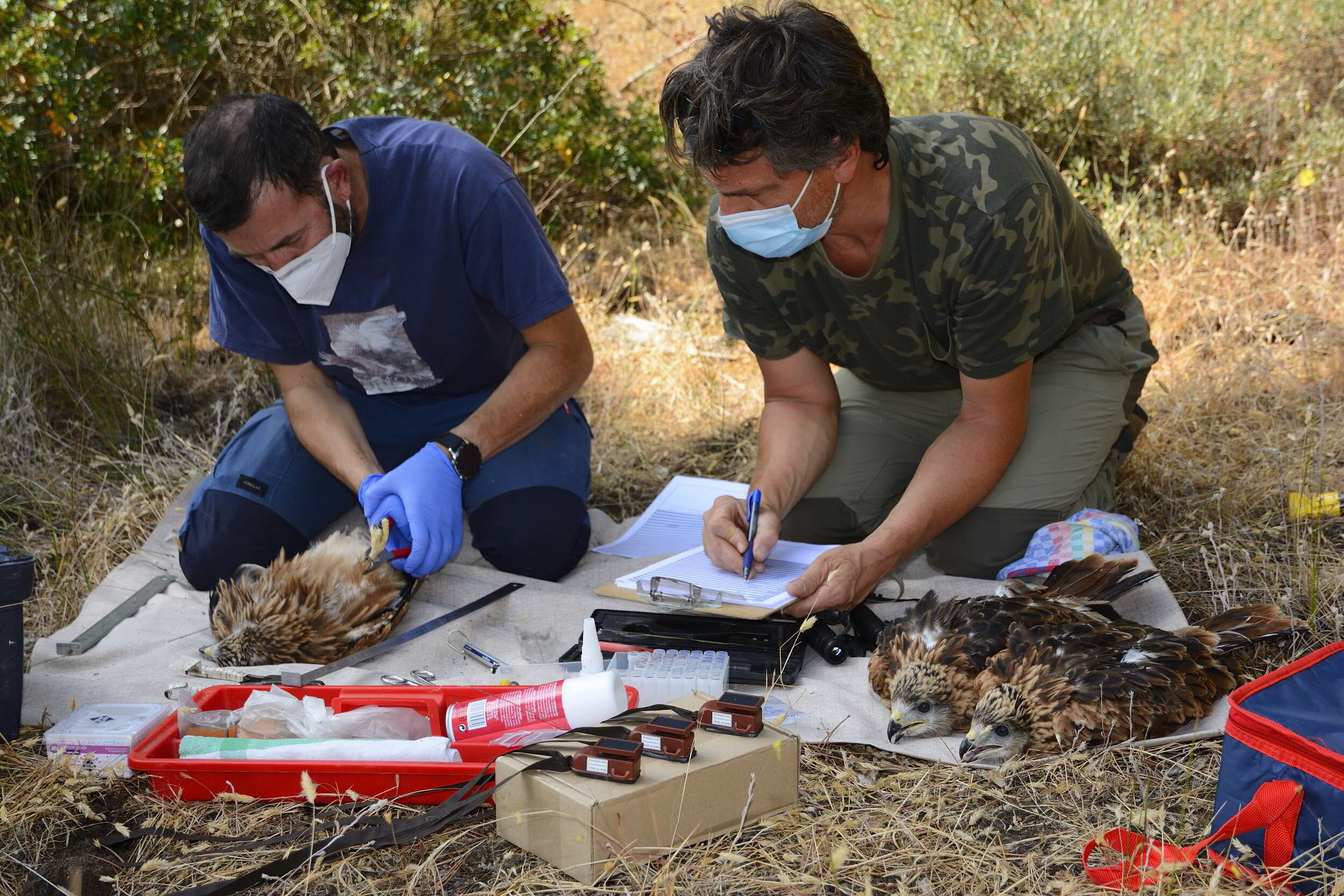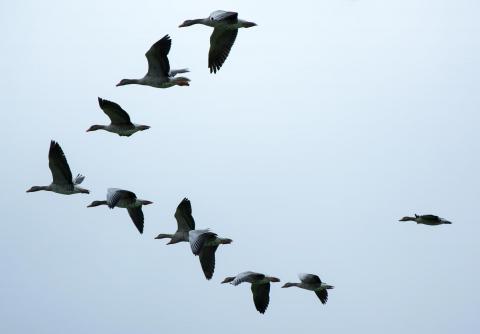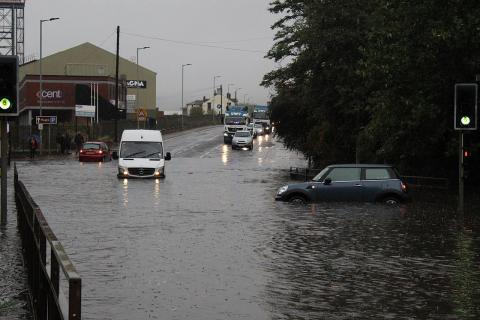Reaction: Red Kites born in drought suffer the consequences all their lives
Red kites (Milvus milvus) born during a period of drought are disadvantaged throughout their lives, according to a study of a population of red kites in the Doñana National Park. The research is published in Nature Communications.

Ringing of red kites in Doñana. Author: Fabrizio Sergio.
Javier Pérez-Tris - milanos sequía EN
Javier Pérez-Tris
Professor of Zoology at the Complutense University of Madrid (UCM)
For wild animals, the circumstances in which they are born can decide whether or not they will succeed in producing offspring. For a start, those unlucky enough to grow up during periods of scarcity are generally less likely to survive to maturity. However, it is less clear what the impact of a bad start in life is for those who make it through to adulthood. One possibility is that individuals who are able to thrive in scarcity are better able to overcome similar problems in adulthood. It is quite another that the impact of poor growing conditions may last a lifetime, putting individuals at a disadvantage compared to those who grew up in more affluent situations.
Whether nature favours the "tough guys" or the "well-born", and whether these inequalities depend on the prevailing conditions at any given time, are important questions in evolutionary ecology that Fabrizio Sergio and collaborators have addressed, using data from the monitoring of the red kite population in Doñana since the 1970s. A red kite can live up to 30 years, which makes it possible to observe the performance of each individual in very different conditions. In Doñana, drought dramatically reduces the abundance of food for red kites, which in dry years find it difficult to survive and raise their chicks. What Sergio and his colleagues discovered is that kites born in drought periods are more likely to die than those born in normal years. And they are always more likely to die, even in dry years. Far from giving them an advantage during the droughts they have left to live through, the hardships they suffered early in life weigh them down when the going gets tough again.
These results, just published in Nature Communications, reveal that it is better for kites to be raised with a "silver spoon" than to be hardened to adversity from a young age. As a biological phenomenon, this is not new; kites share this with many other species, including our own. But few studies have documented it with the precision that Sergio and colleagues have done, which makes their work extraordinarily relevant. The study delves deeper into the mechanisms that determine the demography of kites, improving the models that predict the future progression of their populations in different scenarios of environmental change, and demonstrating the usefulness of long-term monitoring programmes of natural populations to improve their knowledge and their conservation prospects. Regardless of the uncertainties inherent in such models, droughts, increasingly frequent and intense as a result of climate change and overexploitation of water in Doñana, are expected to hit drought-born kites particularly hard.
Incorporating the effects of natal drought into demographic models predicts a substantial acceleration of the decline of kites, reducing their projected future population size by around 40%, compared to model predictions that do not take this factor into account. Bad news for kites, and probably for many other species in a region so threatened by aridification.
Fabrizio Sergio et al.
- Research article
- Peer reviewed



